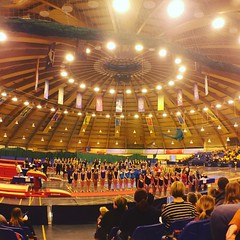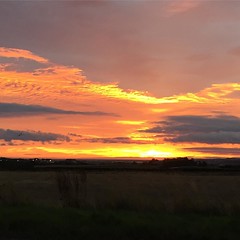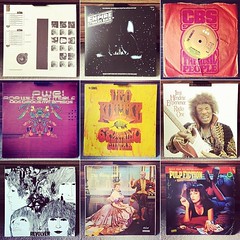
A mobile-phone and a no-longer-mobile car...
The riots in the UK just now seem to be spreading as quickly as Morrisey could reel the names of cities off in The Smiths ‘Panic‘.
“Panic on the streets of London
Panic on the streets of Birmingham“
I woke this morning to find that, for the third consecutive night, looting and arson are seemingly rampant across England with no clear indication that anyone can stop it.
I watched in interest on Saturday evening as the information and content on Twitter (and it’s photographic counterparts such as TwitPic, etc) and YouTube, was differing from that of the nation news agencies. The BBC seemed to be several steps behind and it was Sunday morning before the real story was told through verified means. While Twitter can be very unreliable there were those on line who were conveying a sense of fear that wasn’t present through the national media (thank you @davidcushman)
Astounding difference been official media tweets, journos tweeting on ground and real people sharing what they see. Fear in the latter – Aug 6, 11:24pm davidcushman
Cushman then went on to ‘ReTweet’ on-the-ground reports from both pedestrian observers and official news outlets.
RT @PaulLewis: If police indeed are saying #tottenhamriot “contained”, that is absolutely not true. It is mayhem.
RT @D_Dougieee: I actually cannot believe what I’m seein! A bus on fire! Police cars on fire! They’ve broken into banks, hairs shops n jewellery shops!
RT @itv_news: Police cars set on fire in Tottenham, north London, after riots connected to the shooting of a young man by police on Thursday #Tottenham
Last 3 RTs to illustrate that difference.
Real-time unedited view delivers a tapestry of perspectives versus an edited version of ‘the truth’ #tottenhamriot
Apart from the relative horror of witnessing this kind of information from the comfort of my own bed (800 miles away), I was intrigued by the use of the technology. We’ve seen it happen across the world… Japan, Middle East, China… when in times of distress social media has created a life-line for many… before, in some cases, it got shut down…
However, two days on and I’m beginning to see the effect of how this media is also being used to fan the flames. No, it’s not to blame..!; there are plenty of reasons why these things happen and not one of them is ‘mobile phone’. But as someone who has been using these types of media and techniques for the purpose of entertainment and education it’s a timely reminder that, like any valuable tool, there will always be a way in which it can be abused.
No doubt rioters are being rallied directly through various networks but also rallied through miss-information, and being made to believe there are similar incidents in their area when there are none.
Without question this is a desperately sad situation.
I have chosen not to link to any of the riot videos as I’m sure if you are reading this you are capable of finding them yourselves, and while there is much to learn from viewing these films, for many they remain a source of entertainment and I’d rather not propigate them.
There are some users though whose intention is the ‘other’ ‘E’. Education. Via Twitter I came across this Google map by James Cridland who has mapped verified information on the riots. If you read his blog you’ll see exactly how vigorous that verification process has been. It’s an illustration of how useful, but also unreliable, Twitter can be.
Sadly, while exactly the same process, it’s a stark contrast to the maps that I’ve been creating for the purposes of games and tagging and mapping media.
The outcome, while extremely useful in many ways, is also a lasting virtual memorial of what has happened over the last few days.
Let’s hope that he doesn’t need to populate it any more.
Alternatively you can check out the emerging hashtag of #riotcleanup where you’ll find more positive images like these. The same tech, the same areas, just different people…








